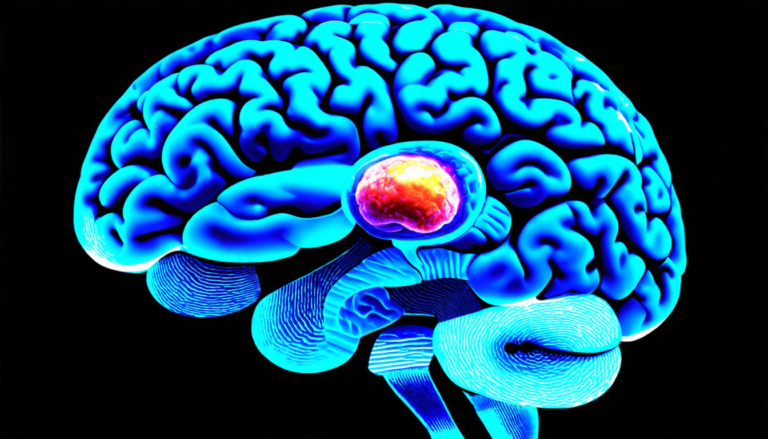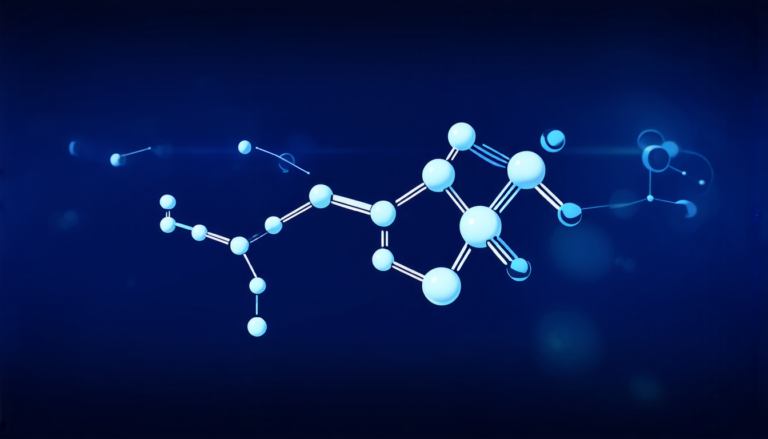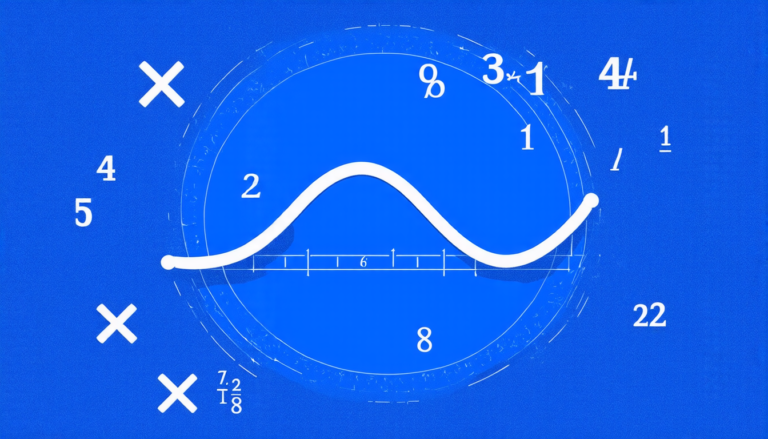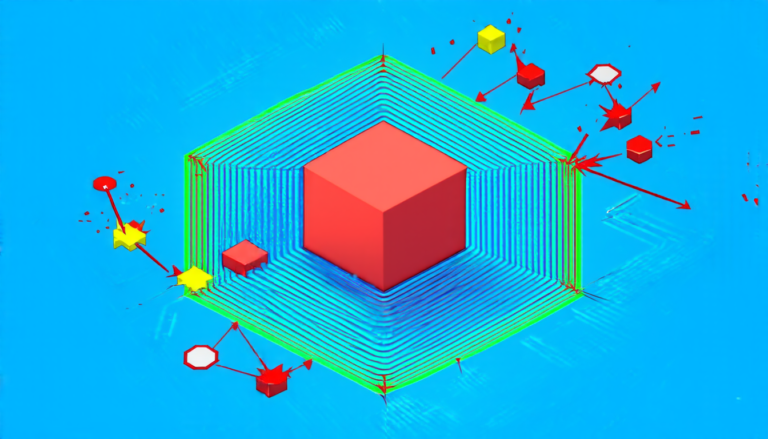Wednesday 16 April 2025
A team of mathematicians has made a significant breakthrough in understanding the intricate patterns that govern the structure of finite groups, paving the way for potential advances in fields as diverse as cryptography and materials science.
Finite groups are collections of mathematical objects that can be combined using rules to produce new objects. They are used extensively in many areas of mathematics and science, from coding theory to particle physics. However, despite their widespread importance, the properties of these groups remain poorly understood.
One of the key challenges is that finite groups can exhibit an astonishing degree of complexity, with some containing billions of possible combinations. This has led mathematicians to develop a range of techniques for studying these groups, including methods based on algebraic geometry and combinatorics.
Recently, a team of researchers has made progress in understanding the structure of finite groups by developing a new software package called ninfty. This program uses advanced algorithms to generate and manipulate transfer systems, which are mathematical structures that describe how different subgroups within a group can be combined.
The development of ninfty is significant because it provides a powerful tool for studying finite groups. By generating large numbers of transfer systems, the program allows mathematicians to identify patterns and relationships between different subgroups, which can then be used to make predictions about the behavior of these groups.
One potential application of ninfty is in cryptography, where understanding the structure of finite groups could lead to the development of more secure encryption methods. In materials science, the program could be used to model the behavior of complex systems such as crystals or polymers, which are composed of many individual molecules that interact with each other in intricate ways.
The researchers behind ninfty have also been exploring its potential applications in particle physics, where it could be used to study the properties of subatomic particles and forces. By generating large numbers of transfer systems, the program could help physicists identify patterns and relationships between different particles and forces, which could then be used to make predictions about their behavior.
In addition to its potential applications, ninfty has also shed new light on some fundamental questions in mathematics. For example, it has been used to study the properties of groups known as cyclic groups, which have long fascinated mathematicians due to their simplicity and elegance.
Overall, the development of ninfty represents a significant advance in our understanding of finite groups, and its potential applications are vast and varied.
Cite this article: “Unveiling the Hidden Patterns of Group Theory: A New Approach to Homotopical Combinatorics”, The Science Archive, 2025.
Finite Groups, Algebraic Geometry, Combinatorics, Transfer Systems, Ninfty, Cryptography, Materials Science, Particle Physics, Cyclic Groups, Mathematical Software
Reference: Scott Balchin, “ninfty: A software package for homotopical combinatorics” (2025).







